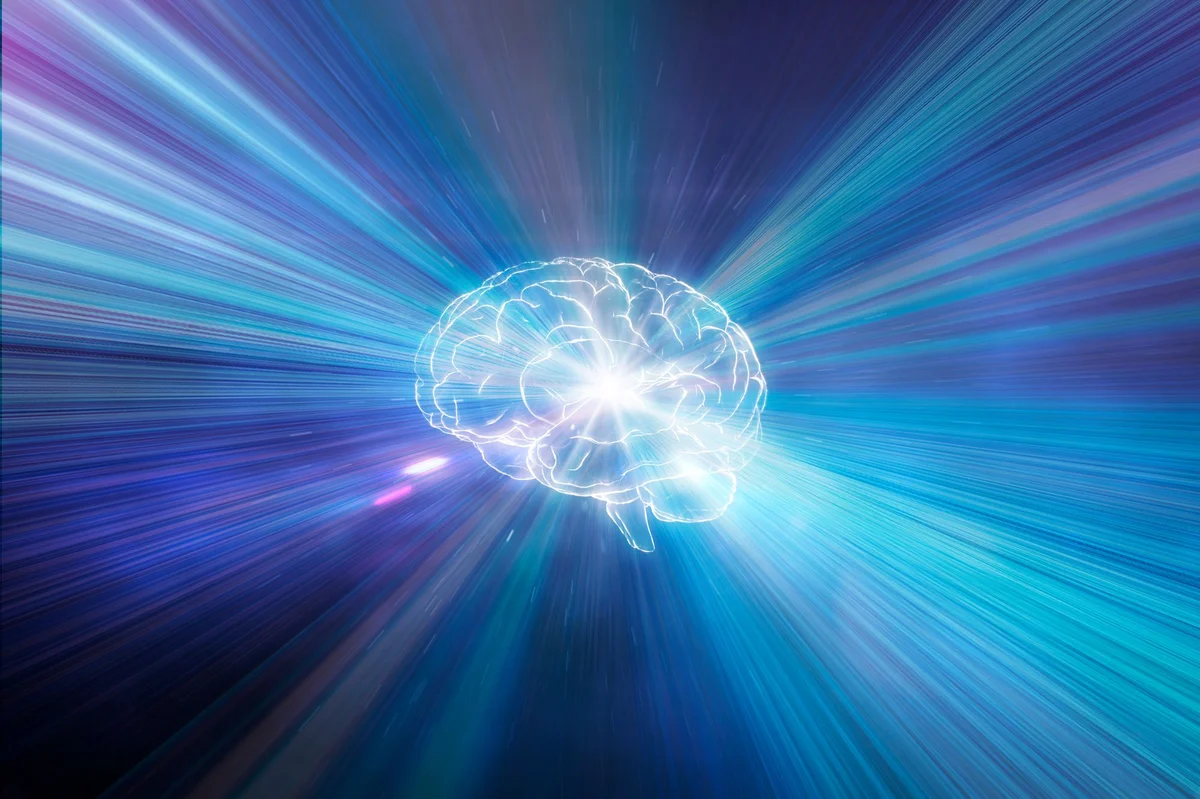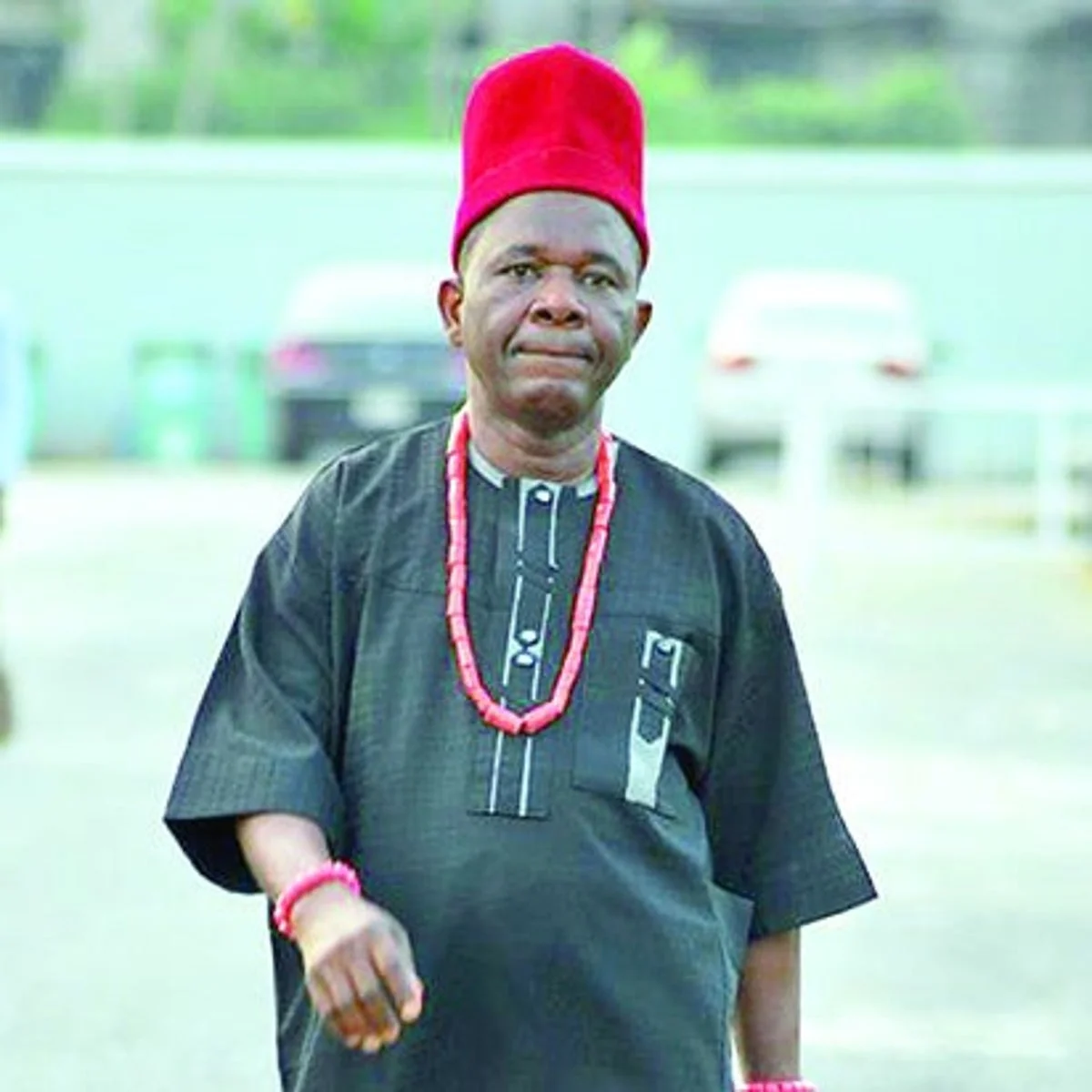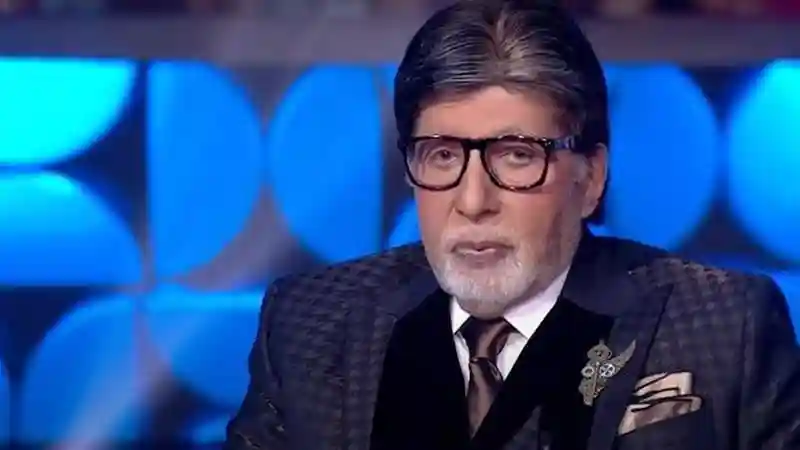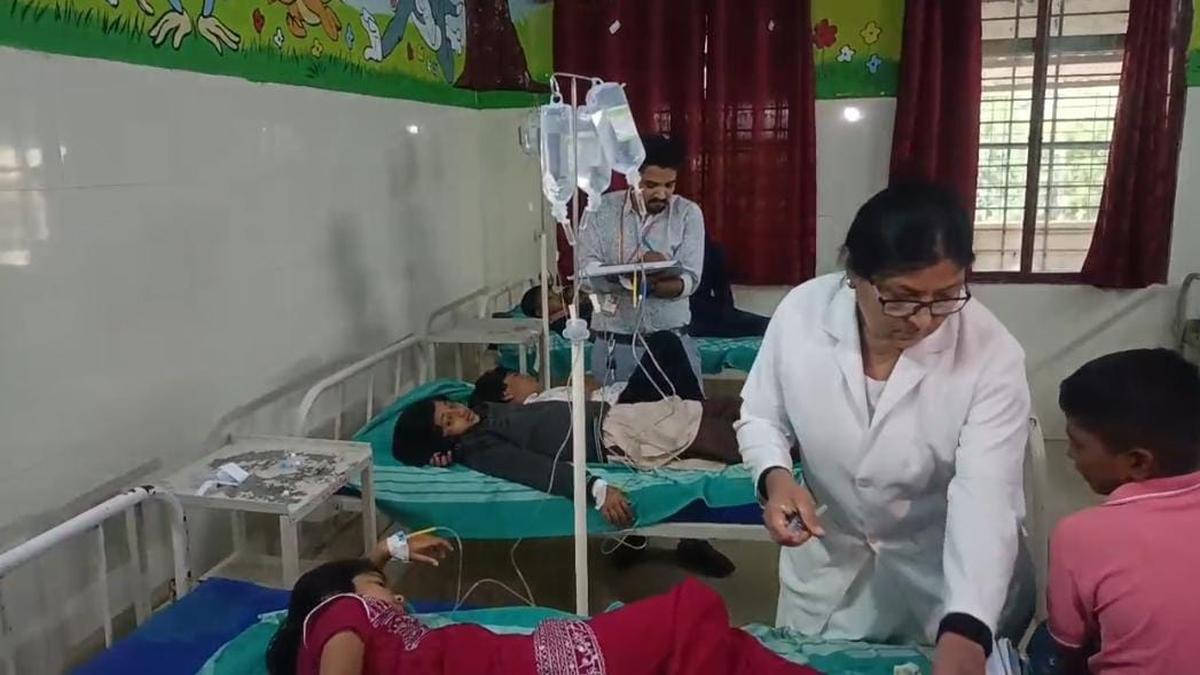By Eilidh Dorgan
Copyright standard

Mushrooms, barefoot adults and sober psychedelics? Surprisingly, I’m not at Burning Man dressed in steampunk style, but rather in Islington’s Business Design Centre for the Health Optimisation Summit. For two days, around 3,500 people descended upon north London to discover what’s new in the world of wellness, learning from key speakers such as biohacking experts Gary Brecka and Ben Greenfield.
As a person whose lifestyle guru was Bridget Jones for the best part of a decade, I’m late to the wellness wagon, and while I know the basics (alcohol bad, exercise good) I’m intrigued to find out more about some of the more niche and specialised areas of the health world. London Health Optimisation
With this in mind, my first stop was to roXiva, a sober psychedelic experience that incorporates visual and audio elements to encourage altered states, spiritual experiences and brain optimisation. I was drawn to the booth as a person who’s always wanted to have some kind of psychedelic experience, but is now too old and responsible to ingest magical plants with a shaman in Peru.
I sat down and put headphones on while white lights flashed on my closed eyes. I’d been told by Rowan, one of roXiva’s coaches, to put a hand on my face if I found myself panicking — which, to me, seemed overly cautious (spoiler: it was not). With each flash, my eyes were filled with coloured shapes and I soon found myself slightly scared of the angry red triangles that malevolently flickered like geometric ghouls.
When the trial was over, I spoke again to Rowan, who explained that the shapes and colours I’d seen were my brain’s interpretation of the white lights. Apparently some people see visions, or images, depending on how “open” they are to these kinds of experiences.
Unfortunately, my mind appears to be relatively closed — which is probably good, as I’ve watched a lot of horror films and can’t begin to imagine what terrors are waiting to be unleashed from the corners of my mind.
I left my psychedelic experience slightly discombobulated (and mildly afraid of triangles) and headed to Echo Water, a leading hydrogen therapy company. When I arrived at the booth I found it swarming with people, and was marginally concerned that I’d stumbled upon a pirate Labubu sale.
Seeing my confused face, a woman explained: “They’re here for the water bottles; we’re just about to restock.” Speaking to Echo Water’s founder, Dr Paul Barattiero, I got the rundown on these fabled water bottles, which are designed to infuse water with molecular hydrogen.
He explained how hydrogen-rich water has been used to help people with Parkinson’s, cancer and diabetes, as well as those with gut issues, food allergies, poor sleep quality and low energy levels. Echo Water also makes water filtration systems for the home, and has an impressive roster of clients such as Leonardo DiCaprio and Novak Djokovic.
Upstairs I found fu:di, a booth with low-carb pasta that tastes like high-carb pasta — a mythical oxymoron that, it turns out, does exist. Nearby, there was an intriguing man called Brent Bruning, a biohacking hand analyst who uses your hand’s landscape to ascertain your mental state and wellbeing. Based on this, he then provides a plan of action to boost your health and emotional fulfilment. Onlookers were whispering: “I don’t know how he does it, but he’s so right.” I spent some time waiting for my turn but ultimately gave up, as the queue was too long and my patience was too short. Yet I might still lie to my husband and say that Bruning confirmed I’m allergic to housework.
Next, I stumbled upon EMF Protection, a company that sells a range of clothes, covers and accessories to protect people from the EMF (electromagnetic field) radiation that exists all around us. The owner, Glynn Hughes, explained how his custom fabric helps to prevent the dangers of radiation that can affect our health and disrupt our sleep. While I’ve always been aware that our brains might be being lightly microwaved regularly, Hughes told me that if we use a protective bed canopy while we sleep, for example, we can get a break at night from the omnipresent radiation of the modern world.
One of my last stops is at IV Boost, where I met its clinical director, Dr Kerry-Dene Ihlenfeldt, before getting hooked up for a Chill Out Booster packed with vitamins, minerals and amino acids. IV Boost has a clinic in London and a wellness centre in Berkhamsted that use IV drips, red light therapy, peptide therapy, hormone therapy and hyperbaric oxygen therapy to create specialised treatment plans.
The booth also offered free vitamin D checks, and Dr Ihlenfeldt explained how addressing a deficiency can help fix muscle pains, hair loss and fatigue. Soon after my drip (and still a day later), I felt more balanced and less anxious.
For all the more outlandish experts presenting their discoveries, there were ones which would slide into day-to-day life easily. I learned about “grounding”, and why we should all be drinking clean coffee (apparently ours has mould in it). I was enlightened about cyberdelics, and found the holy grail of (almost) carb-free pasta. While I don’t think I’ll ever have the funds to purchase a hyperbaric chamber (£8,000), nor the pore-remover I was ambushed by (£7,000), I did find some ways to incorporate my new knowledge into my life at a budget-friendly price point.
There are easy steps to improve our health and wellbeing, such as booking a test to find out our vitamin D levels, investigating ways of lessening EMF levels in our bedrooms and signing up for an IV drip. I might even go back for another psychedelic experience to try to vanquish my fear of triangles — if I’m feeling brave enough.



